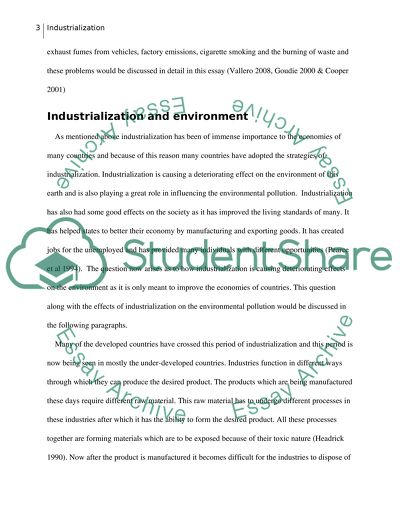Cite this document
(“Effect of Industrialization on the Environment Essay”, n.d.)
Effect of Industrialization on the Environment Essay. Retrieved from https://studentshare.org/environmental-studies/1568498-essay-three
Effect of Industrialization on the Environment Essay. Retrieved from https://studentshare.org/environmental-studies/1568498-essay-three
(Effect of Industrialization on the Environment Essay)
Effect of Industrialization on the Environment Essay. https://studentshare.org/environmental-studies/1568498-essay-three.
Effect of Industrialization on the Environment Essay. https://studentshare.org/environmental-studies/1568498-essay-three.
“Effect of Industrialization on the Environment Essay”, n.d. https://studentshare.org/environmental-studies/1568498-essay-three.


